Are you a music enthusiast who is fascinated by the world of vinyl records and turntables?
Starting with turntables can be exciting and overwhelming, especially when it comes to understanding the different parts and their importance.
In this beginner's guide to turntable parts, we'll go over the basics so you can make informed selections about your turntable setup.
We will explain the different parts of a turntable, like a platter, tonearm, cartridge, and stylus. This will help you understand how they work and how they affect the performance of your turntable.
Five Important Turntable Parts
Several turntable parts play crucial roles in the overall performance and functionality of a turntable. Here are some important turntable parts:
Turntable parts one: Tonearm
The tonearm is the long, slender arm that holds the cartridge and stylus while they follow the grooves of the vinyl record. It is critical for recreating recorded music accurately.
A correctly balanced tonearm is critical for maintaining the optimal tracking force on the record and keeping the stylus in the groove without undue wear or damage.
Many tonearms include adjustable counterweights and anti-skate systems, which allow users to fine-tune the tracking force while minimizing any lateral forces that could interfere with playback.
Turntable parts two: Cartridge
The cartridge comes with the stylus and generates electrical signals from the vibrations picked up by the stylus as it passes through the record grooves.
It turns the mechanical energy of the grooves into an electrical signal, which can then be amplified and sent via speakers or headphones.
Those are the two types of cartridges: moving magnet (MM) and moving coil (MC). Each type has its own set of features and sound signature, but both are necessary for correct sound reproduction.
Turntable parts three: Stylus
The stylus is known as a tiny diamond-tipped part at the end of the tonearm and it will also make direct contact with the grooves of a vinyl record.
The stylus vibrates as it goes between the grooves, converting the vibrations into electrical signals, which are then amplified and turned into audible sounds.
The stylus's shape and profile can vary, with popular shapes and profiles being conical, elliptical, and Microline.
The stylus you use can have a big impact on the sound quality, detail retrieval, and tracking ability of your turntable.
Turntable parts four: Motor
The motor is the driving force behind the turntable's platter rotation. It delivers the torque and speed stability required for precise playback.
Turntable motor drives are classified into two types: belt drive and direct drive. Belt-drive systems deliver power from the motor to the platter through an elastic belt, resulting in smooth and silent operation.
Direct-drive systems, on the other hand, have the motor attached directly to the platter spindle, resulting in high-speed precision and short start-up times.
Personal preference and individual requirements influence the decision between belt drive and direct drive.
Turntable parts five: Plinth/Base
A turntable's plinth or base acts as the foundation that houses and supports all of the internal components. It is critical in eliminating undesired vibrations and resonance, which allows for accurate and authentic sound reproduction.
High-quality turntables frequently use plinths composed of dense materials with excellent damping capabilities, such as wood, acrylic, or composite materials.
Furthermore, some turntables use isolation feet or suspension systems to further isolate the plinth from external vibrations, resulting in better audio performance.
How to Setup a Turntable
It is critical to correctly set up a turntable to ensure the best sound quality and performance. Here's a step-by-step tutorial for setting up a turntable.
- Select the best location: For your turntable, use a firm and flat surface. To reduce unwanted noise, avoid placing it near speakers or other sources of vibration.
- Connect the turntable to the amplifier: Connect the turntable's output to the phono input of your amplifier or receiver using high-quality RCA cables. Make that the left and right channels are correctly matched.
- Set the tracking force: Follow the manufacturer's instructions to find out what tracking force is best for your cartridge. Set the desired tracking force with the tonearm's counterweight, ensuring that the stylus follows the grooves precisely without applying too much pressure.
- Adjust the anti-skate mechanism: Align the anti-skate mechanism with the tracking force. In this way, the tonearm will not be dragged toward the center of the record.
- Adjust the vertical tracking angle (VTA): Some turntables let you change the VTA. To optimize audio performance, follow the manufacturer's recommendations to ensure the tonearm is properly aligned with the record surface.
- Check the turntable speed: Use a dedicated strobe disc or a smartphone app to ensure that the turntable is spinning at the correct speed (usually 3313 or 45 RPM). Adjust the speed control on the turntable as needed.
- You should make sure they are clean and have no dust as well as debris when you are playing your records. To remove any dirt that may interfere with playback, use a carbon fiber brush or a record-cleaning machine.
- Gently place the stylus on the record: Carefully lower the tonearm onto the record surface, making sure the stylus lands in the lead-in groove. To avoid damaging the record, avoid dragging the stylus across it.
Understanding the relevance of components such as the platter, tonearm, cartridge, stylus, motor, and plinth will allow you to make more informed selections when selecting and setting up your turntable.
Each of these components is critical to providing the best possible sound quality, precision, and overall performance.
Apart from the turntables parts themselves, you also need to know other devices. For example, whether you need an amplifier to drive the turntable? Or, what speakers you can connect to your turntables? Passive speakers, Bluetooth speakers, or any other kinds of speaker?
If you need an amplifier to connect to your turntable, you can check something like this one: Arylic H50 Airplay2 amplifier. You can connect to the phono in connector and also it comes with MM and MC function.
So, explore the intriguing world of turntable parts, experiment, and revel in the wonder of vinyl music as you've never experienced before!

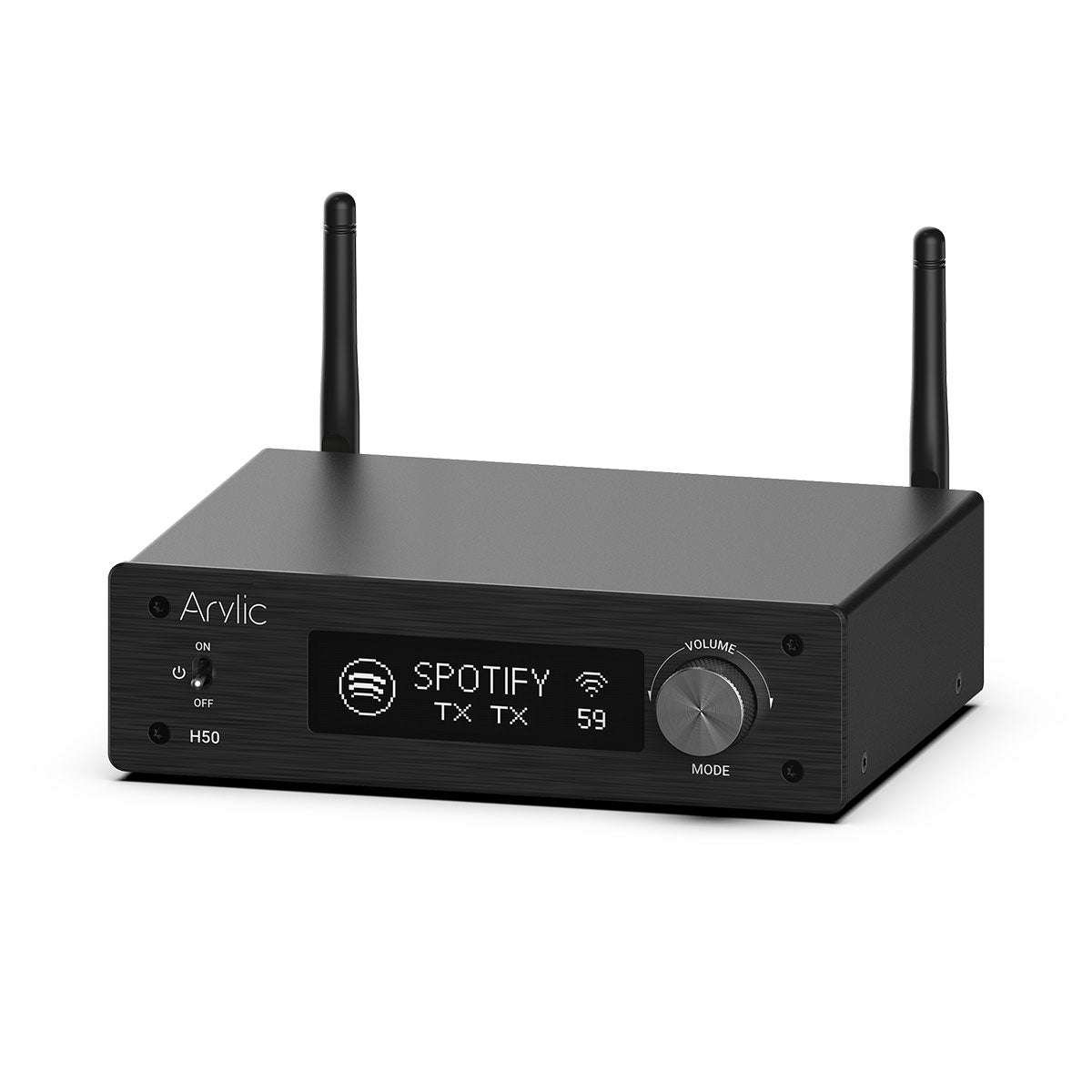
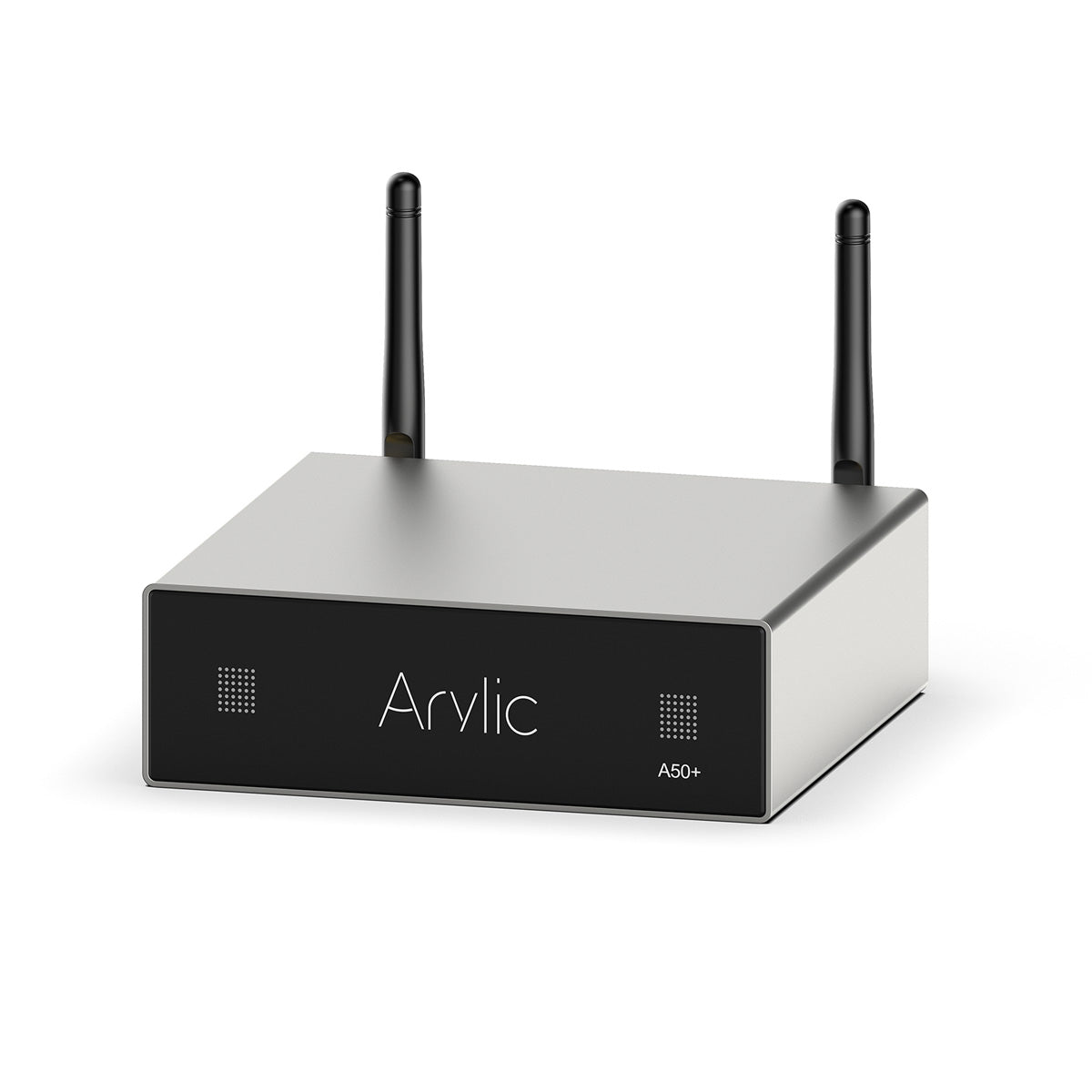
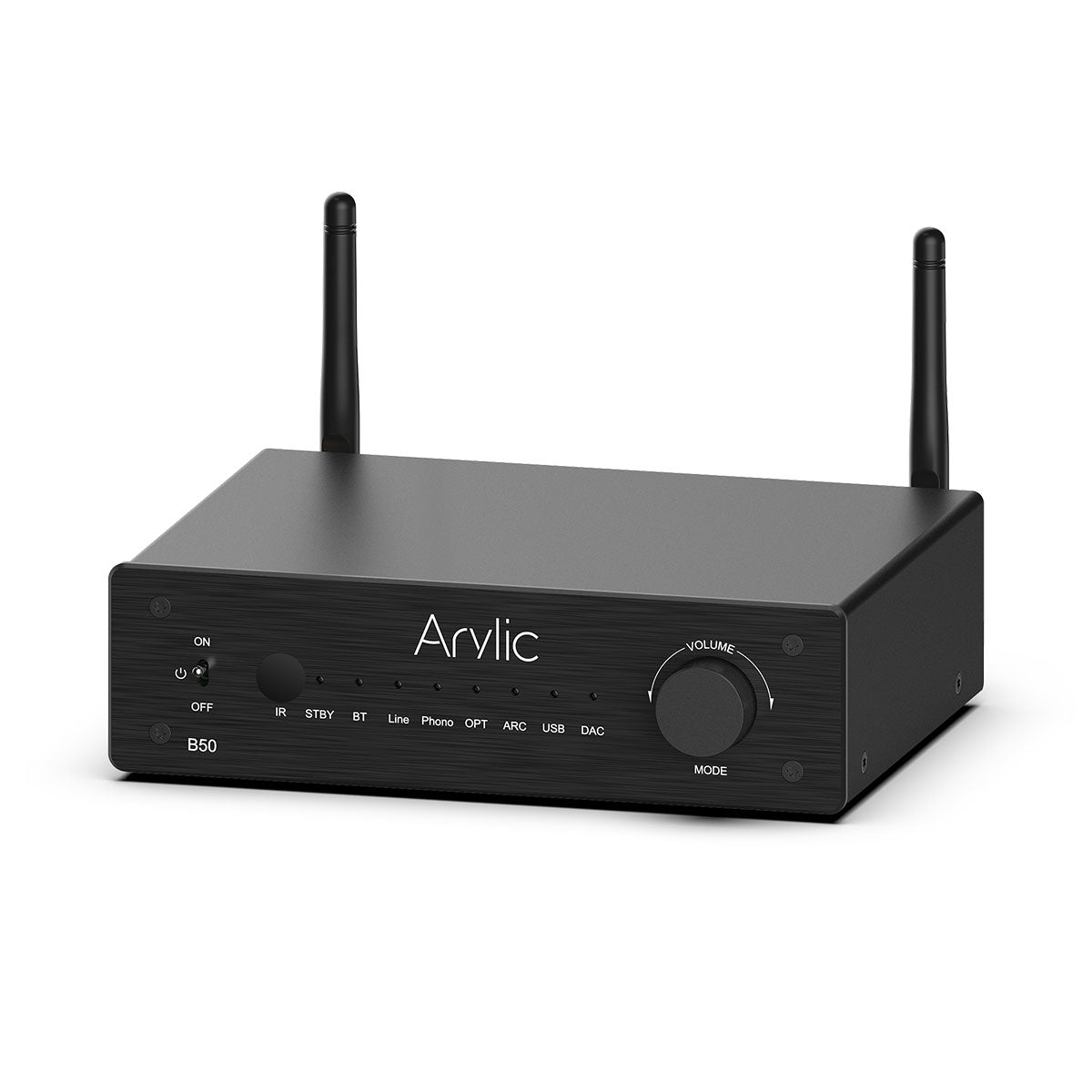
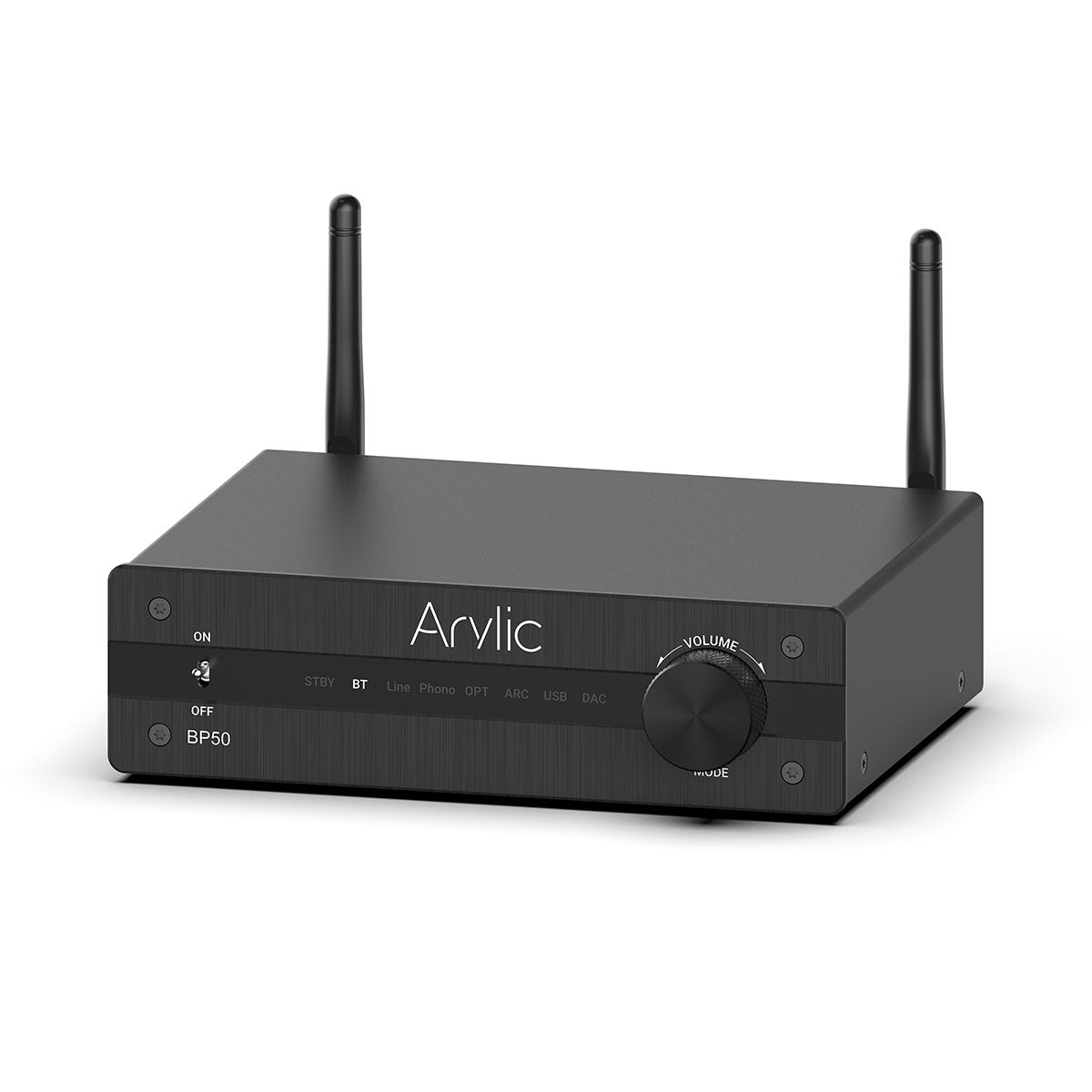
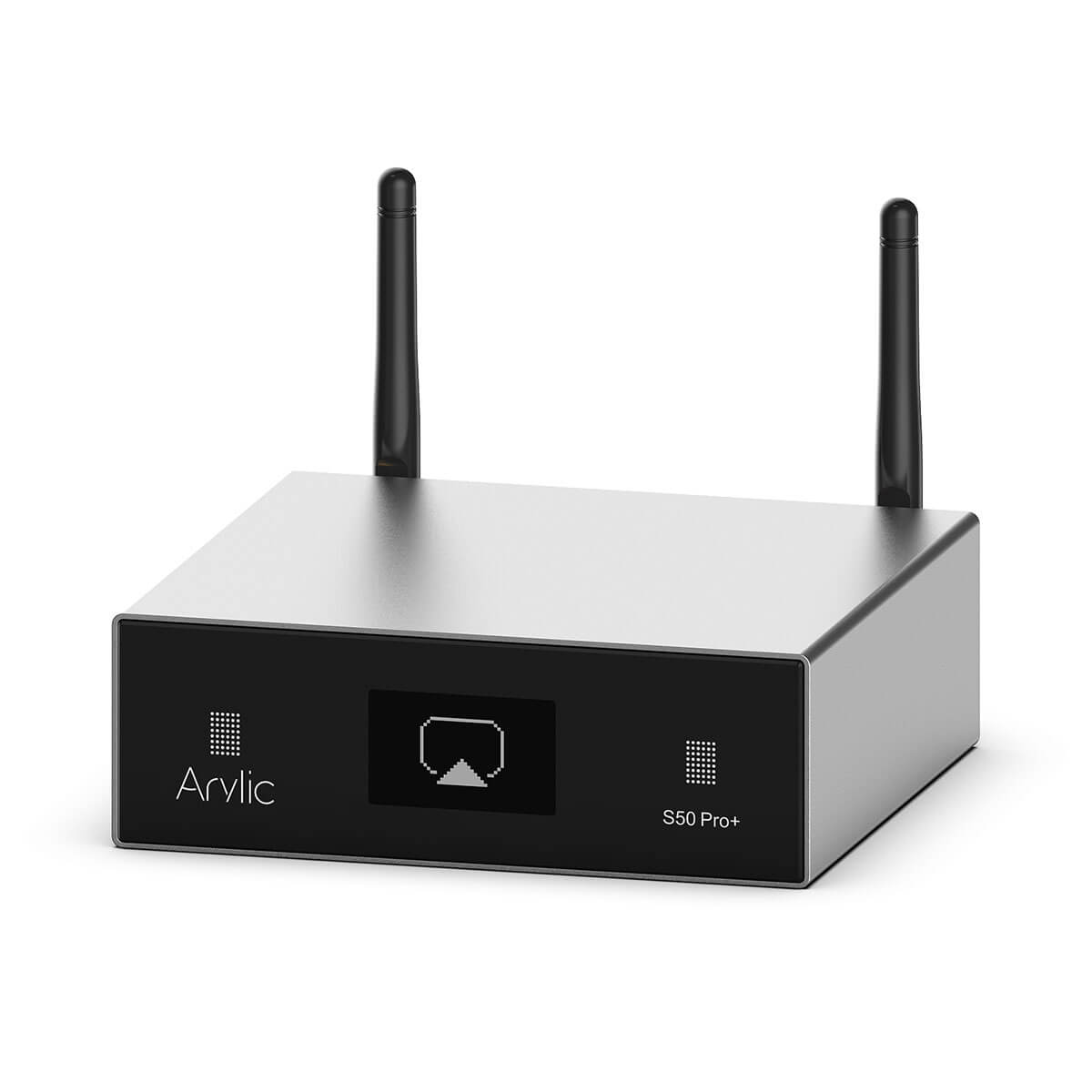
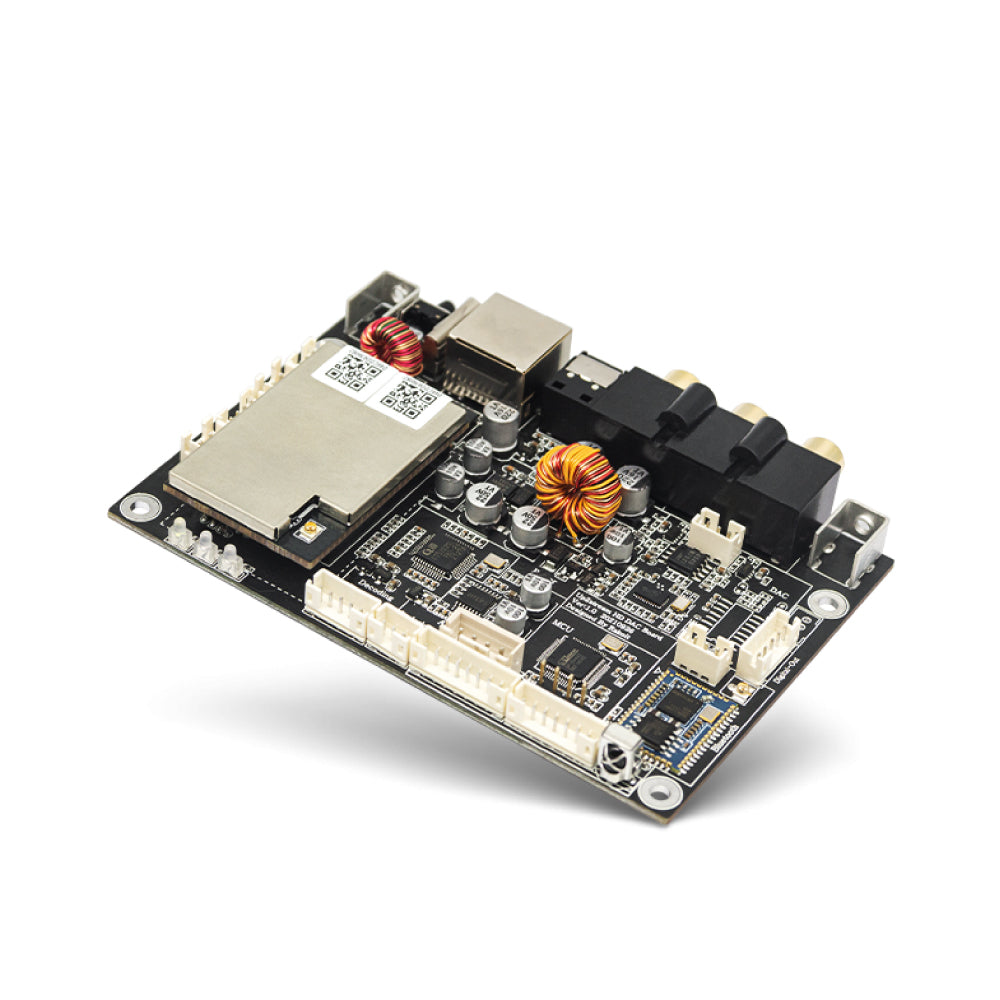
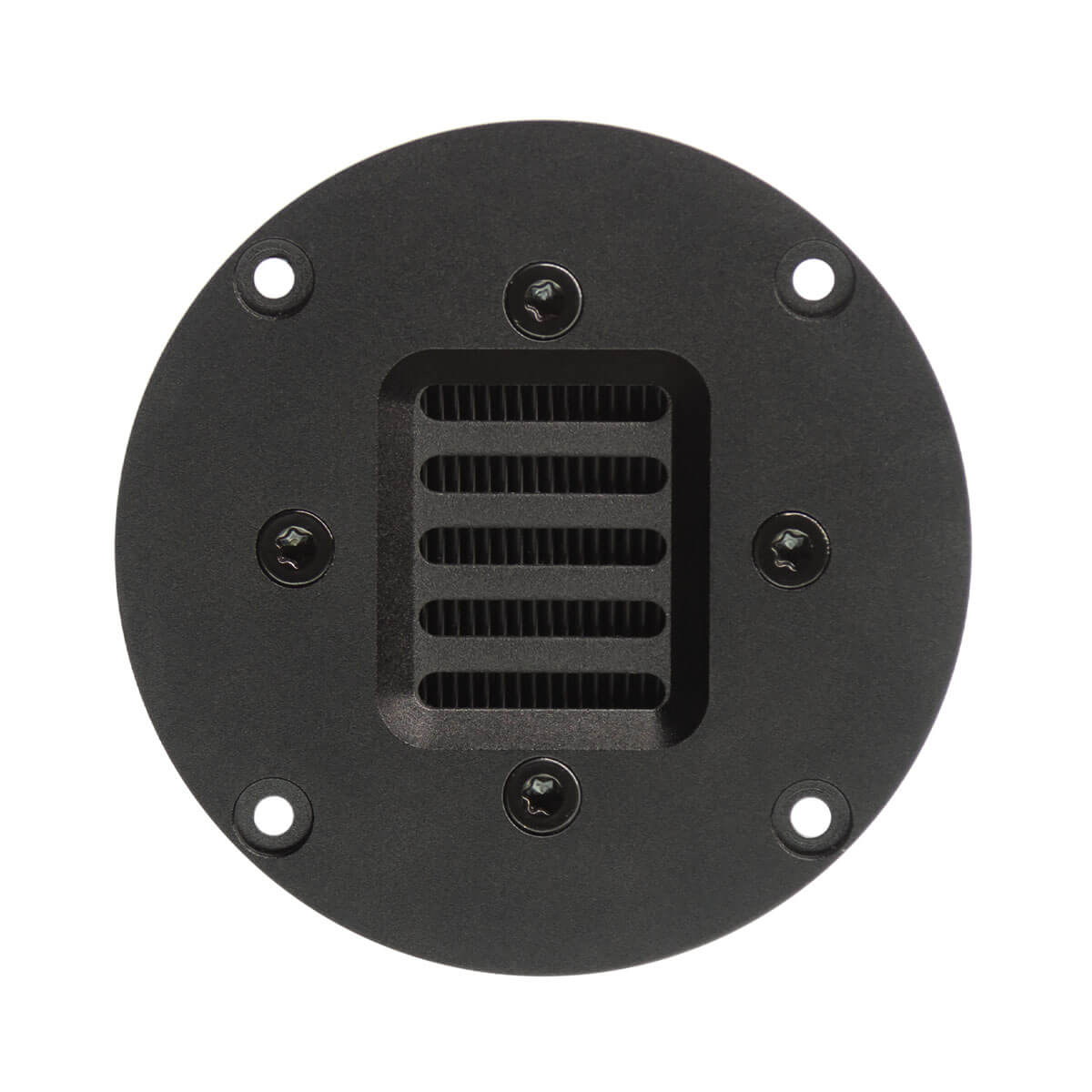
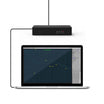
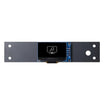
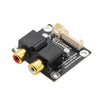
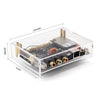
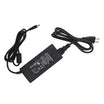
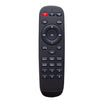
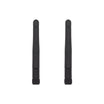
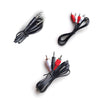
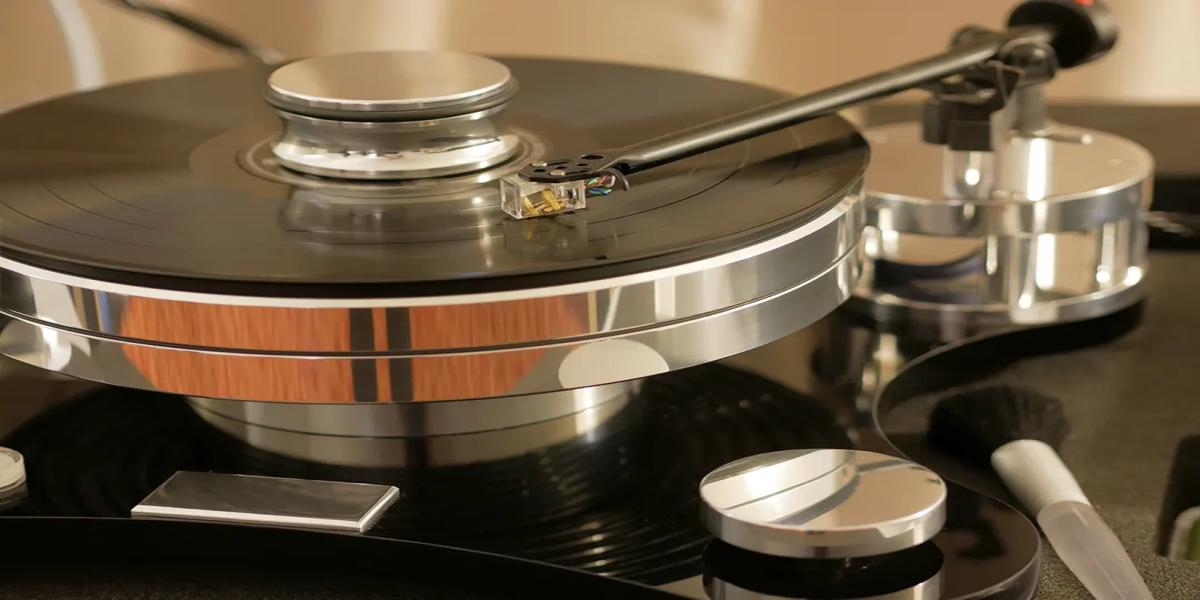

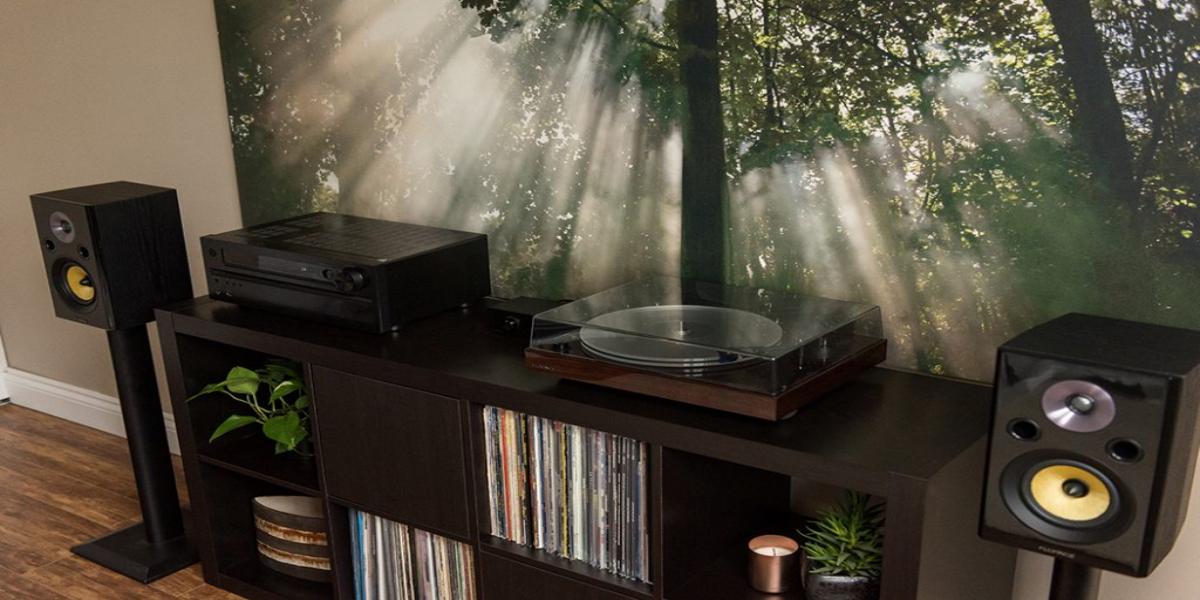
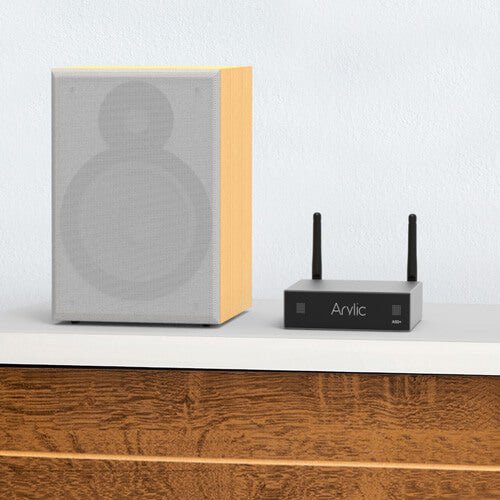
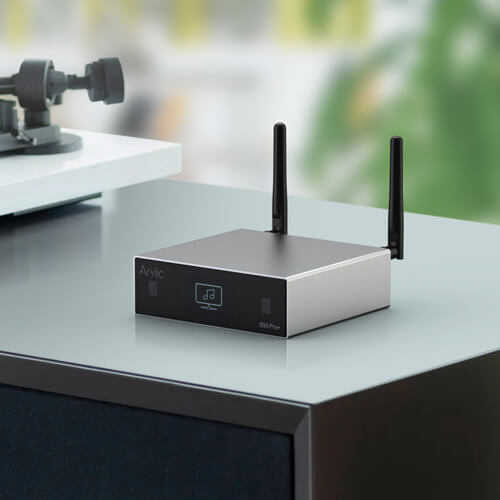
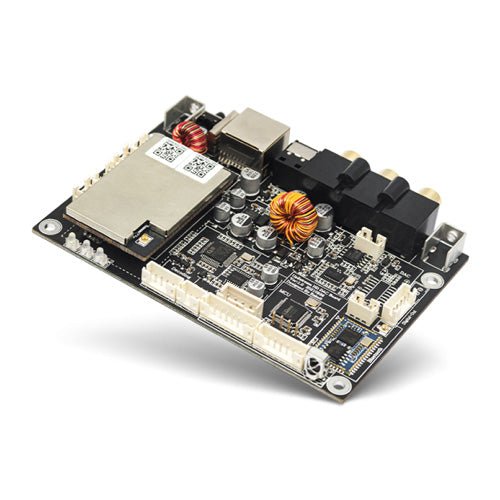
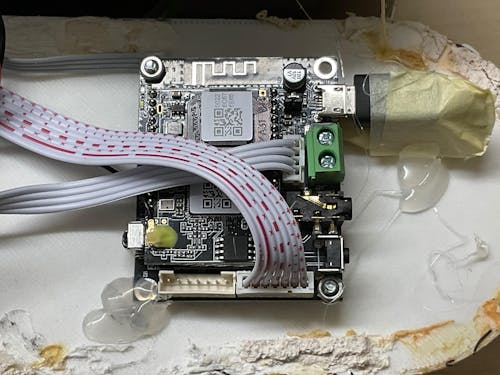



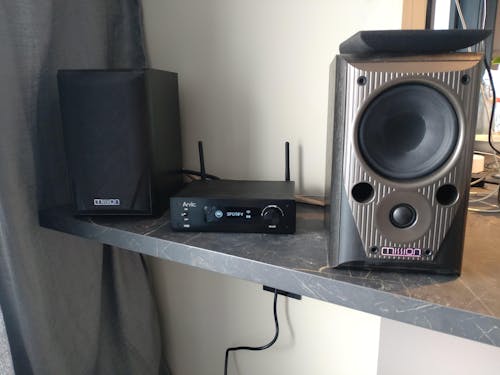

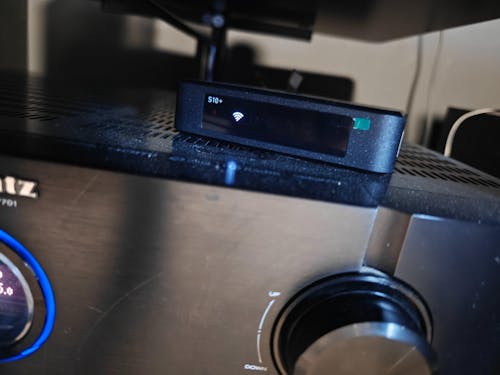








Leave a comment
All comments are moderated before being published.
This site is protected by hCaptcha and the hCaptcha Privacy Policy and Terms of Service apply.